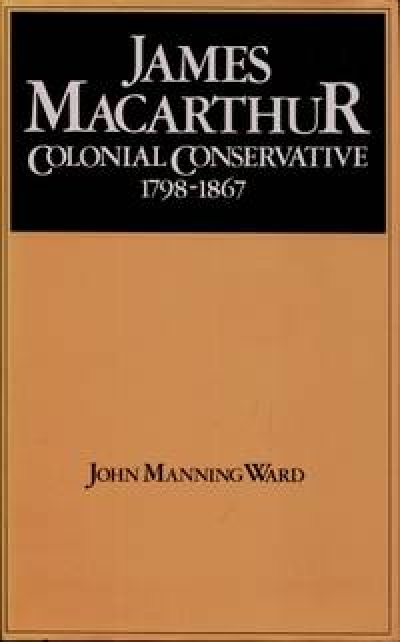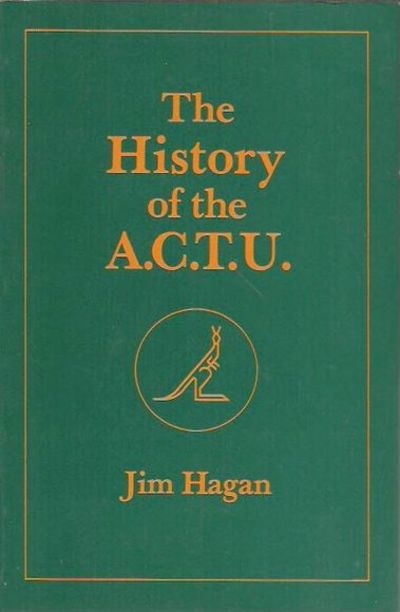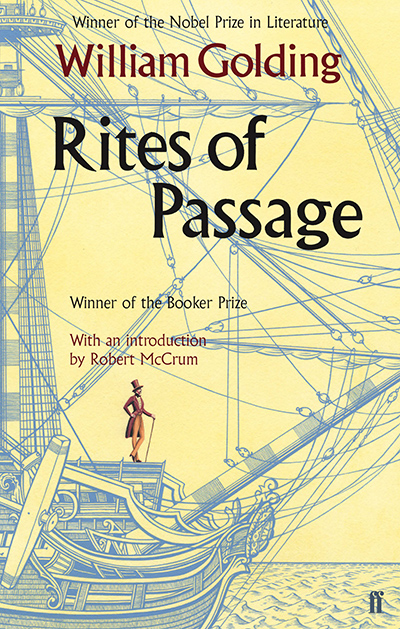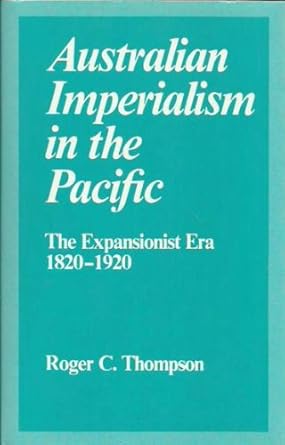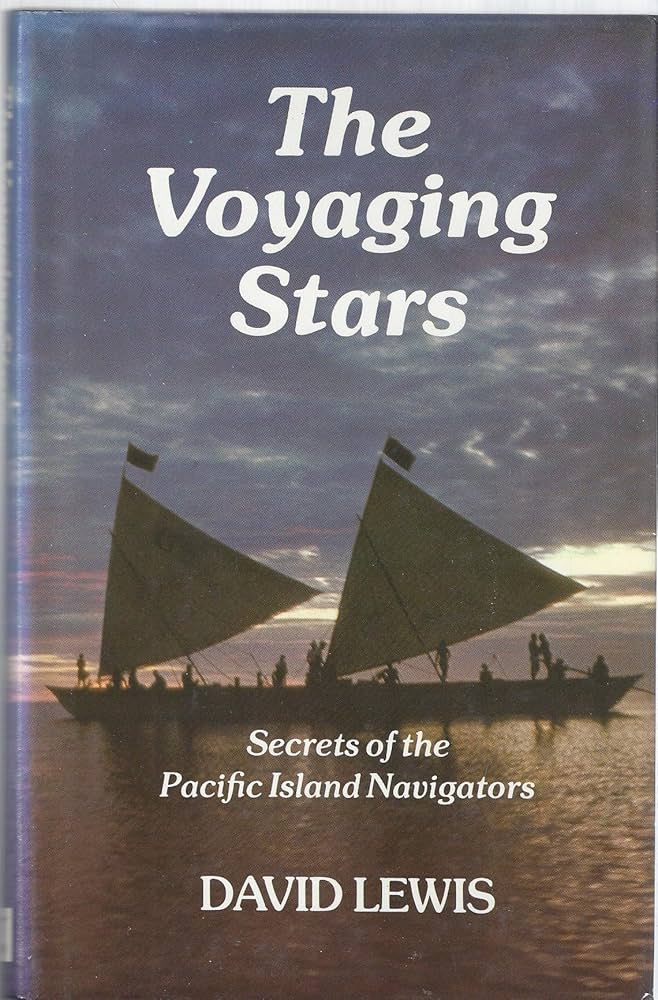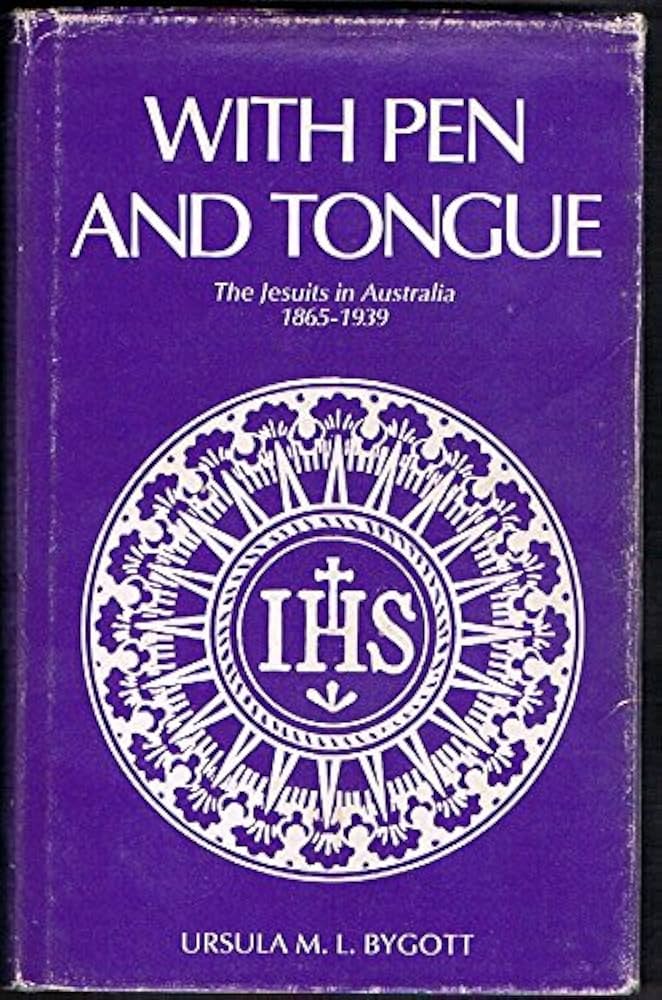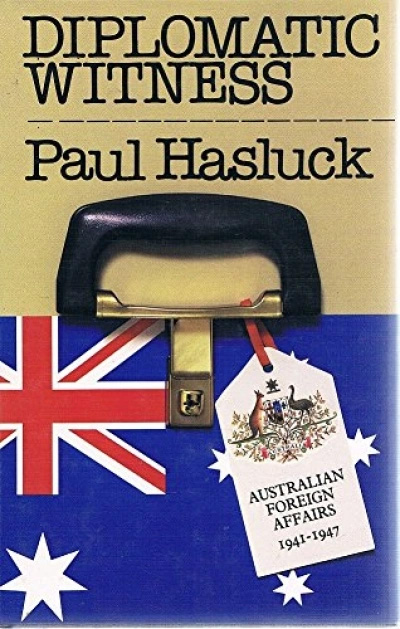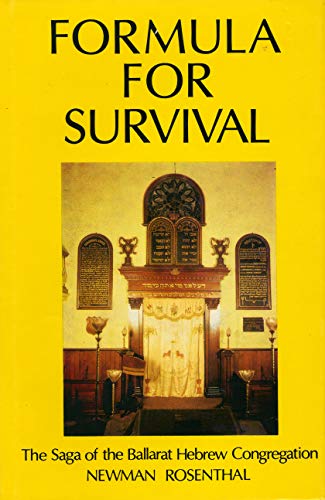Australian History
James Macarthur by John Manning Ward & Philip Gidley King by Jonathan King & John King
The paths of James Macarthur and Philip Gidley King crossed in 1801 when Macarthur was a very small boy. King, then governor of New South Wales, sent Macarthur’s father, John, to England for trial for illicit duelling, fearing that Macarthur Senior had too many allies in the colony to secure a conviction there. Young James Macarthur was six by the time his father returned, far from the chastened man King had hoped. In fact, he brought with him instructions that he was to be granted additional land, making his holdings the most substantial in the colony. It was not exactly the victory that King had envisaged (or that his biographers seem to think he won.)
... (read more)Australia’s need for a definitive history about its national trade union centre has been handsomely filled by Jim Hagan. His exhaustively detailed study must become the base for future researchers who will seek to assess what happened in our times.
... (read more)Finding the answers is often not half as important as asking the right questions. Desmond Ball has written an important book even though he raises more fundamental questions than he answers.
The central question in A Suitable Piece of Real Estate is simply ‘What are the rights and responsibilities of a host country which allows installations of a foreign, albeit, friendly state, to be sited on its territory?’ The author has dedicated the book For a Sovereign Australia. Australia is the host country in question, with American defence, scientific, and intelligence installations on its territory; but the situation he describes in great detail could, and probably does, apply elsewhere.
... (read more)Rites of Passage qualifies for a notice in ABR because, although it is written and published in Britain, it is among other things an account of the adventures of one Edmund Talbot who has taken a passage to Australia sometime during a lull in the wars with France, towards the end of the eighteenth century.
... (read more)Australian Imperialism in the Pacific: The expansionist era 1820-1920 by Roger C. Thompson
At a time when Australia’s involvement with Europe and Asia is coming under increasing academic scrutiny, an area which has continued to be neglected has been Australia’s relations with the Pacific Islands of Melanesia, Micronesia and Polynesia situated so closely north and east of its coast. While others have touched on this subject briefly, Roger Thompson’s Australian Imperialism in the Pacific presents for the first time a detailed, meticulously researched and scholarly investigation which covers the period from the early days of the colony of New South Wales to the end of the First World War. It is, then, a timely study, filling a gap in our knowledge, and it is sure to be welcomed by scholars of both Australian and Pacific history.
... (read more)The Voyaging Stars: Secrets of the Pacific Island navigators by David Lewis
The Voyaging Stars was first published in 1978, and already is a minor classic. Ever since Cook’s day it has been known that the Pacific Islanders, and especially the Polynesians, had a sophisticated system for long distance navigation, not employing the European aids of charts, sextants, chronometers and magnetic compasses – and yet remarkably effective. Cook himself used a Polynesian pilot from Tahiti to New Zealand. With the coming of European technology this traditional lore fell into abeyance. Fewer and fewer sons imbibed it from their fathers, and by the middle of this century it had almost died out. Unfortunately, it had never been scientifically investigated and had not been adequately recorded.
... (read more)With Pen and Tongue: The Jesuits in Australia 1865-1939 by Ursula Bygott
The Jesuits are, whatever else you might say about them, formidable. Dr Bygott quotes Francis Bacon, who believed that the Jesuits as teachers ‘are so good that I wish they were on our side’.
... (read more)Diplomatic Witness: Australian Foreign Affairs 1941-1947 by Paul Hasluck
Sir Paul Hasluck writes this book, so he says, as a witness, seeking no higher appreciation than Montaigne’s remark that it reflects the ‘author’s sincerity “free from vanity when speaking of himself and from partiality and envy when speaking of others” ’. However, Hasluck is not so much witness as judge, and hanging judge at that. If the book is free from envy, the absence seems due to his certainty about his own opinions and place. If there is no partiality, there is at least a tendency to make assessments of attitudes and strategies on the unstated criterion of whether they conform to Hasluckian models.
... (read more)Formula For Survival: The saga of the Ballarat Hebrew Congregation by Newman Rosenthal
Nathan Spielvogel, a highly regarded Ballarat historian and schoolmaster, in 1928 presented the Annals of the Ballarat Hebrew Congregation to the executive committee. He told how he had discovered, in a corner of the schoolroom adjacent to the synagogue, an old iron box full of letters and papers, tied and labelled. They were dated from 1855 to 1877 and covered the first twenty-two years of Jewish communal life in Ballarat. Papers from 1878 to 1892 were destroyed great number) were prevented from remaining on the missions, where in most cases, they had spent their whole life. The Act set in motion a general breakdown in the family structures, which, for so long, had created a rich and culturally satisfying life for Aborigines on the missions. by fire at the secretary’s residence, but from then on records were preserved, unfortunately without the correspondence that made Spielvogel's annals so human and vivid. Newman Rosenthal, from these sources, has written a history of considerable importance. It increases the small literature on the history of Jewish communities in Australia and reveals that Ballarat owes a great debt of gratitude to civic minded Jews from Eastern Europe and the British Isles for their forthright support in founding institutions and building civic pride.
... (read more)Booksellers like to think themselves a cut above the average shopkeeper (and I am no exception). They are the middlemen in the distribution of other people’s creativity. George Orwell was a bookseller, albeit briefly ... and there’s Max Harris too.
... (read more)

